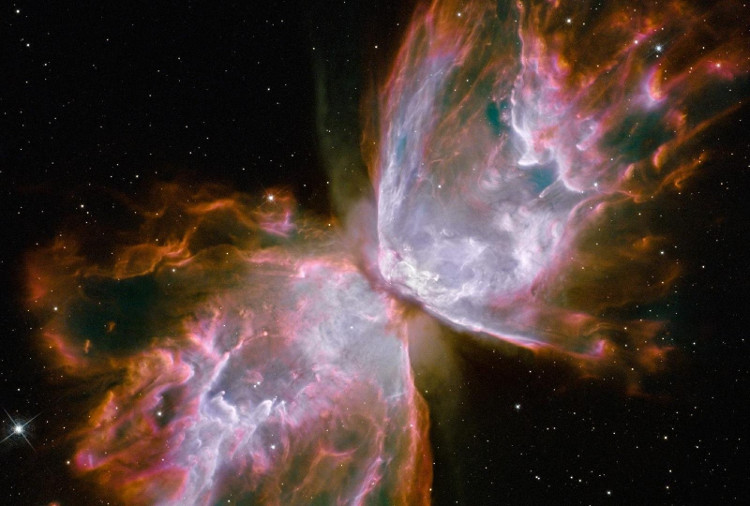Stars explode affecting the weather on Earth
emitted from supernova explosions and the Sun's magnetic activity affects the weather on Earth.
The research group at the Danish Technical University found that ions derived from stars exploding in the universe () when entering the Earth's atmosphere will stimulate the formation of clouds. More created clouds will make the climate cooler, causing a big impact on long-term weather. The research results are published in Nature Communications in December 2017.

Cosmic rays are created from a giant supernova explosion.(Photo: NASA).
Scientists believe that cosmic rays associated with the Sun's activity are related to the 1000 Medieval Warm Period , and the cold period from the 13th-19th century. in Little Ice Age, making the Thames River (England) frequently frozen during the winter.
"We finally know how space-derived particles affect the climate on Earth. Modifications caused by the Sun's activity or supernova explosions can all be done. " - Henrik Svensmark - the study's lead author - said.
The team conducted 2 years of observing the effect of cosmic rays on the atmosphere simulated by the Earth inside the cloud chamber - a closed laboratory that simulates the pressure and humidity of the atmospheric highs. . They found high-energy particles derived from exploding stars that knocked out electrons of air molecules to create ions (positive or negative charged particles).
The charged particles will attract water molecules and sulfuric acid together to form a molecule that does not evaporate. This process is called nucleation . As molecular clusters grow, they will draw more water to form clouds.
The study also shows that the Sun's magnetic activity alters the flow of cosmic rays to Earth. As the Sun's magnetic field weakens, cosmic rays penetrate the Earth's atmosphere more, making the planet colder. During the active phase, the Sun's magnetic field prevents a lot of cosmic rays from flying to Earth, causing less cloudiness and warmer climate.
- The mystery of giant stars: Do they explode?
- 22 billion years more Earth will explode?
- The mysterious death of some stars
- Why is the star sparkling?
- Why does the phone explode while charging?
- Why does the balloon explode?
- Detecting a star exploding behind a cloud of dust
- Stars explode like fireworks
- Five stars may have extraterrestrial life
- The cause of the planet is not flashing like stars
- Strange sounds of the oldest stars
- 9 interesting things about stars
 Van Allen's belt and evidence that the Apollo 11 mission to the Moon was myth
Van Allen's belt and evidence that the Apollo 11 mission to the Moon was myth The levels of civilization in the universe (Kardashev scale)
The levels of civilization in the universe (Kardashev scale) Today Mars, the sun and the Earth are aligned
Today Mars, the sun and the Earth are aligned The Amazon owner announced a secret plan to build a space base for thousands of people
The Amazon owner announced a secret plan to build a space base for thousands of people